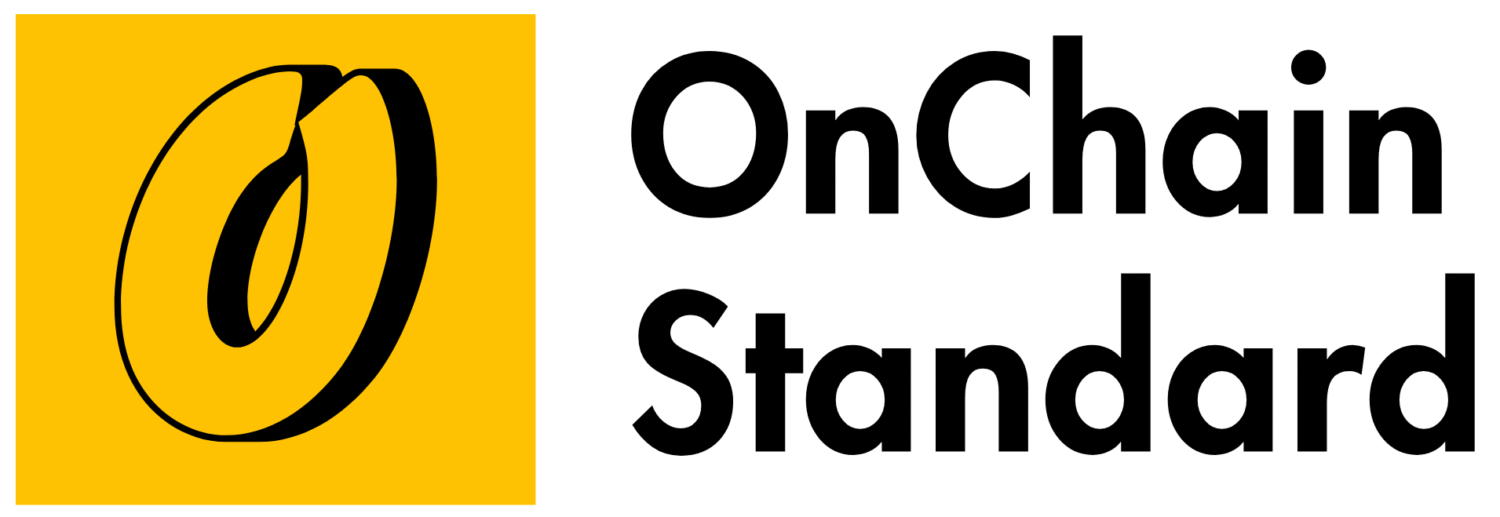How to Read a Crypto Whitepaper: What Matters and What Doesn’t
Introduction
A crypto whitepaper is the blueprint of a blockchain project, outlining its purpose, technology, and goals. In 2025, with thousands of cryptocurrencies competing in a $2 trillion market, reading a whitepaper is essential to evaluate projects before investing. But whitepapers can be dense, technical, or even misleading. This guide explains how beginners can read a crypto whitepaper, focusing on what matters—like the problem it solves and the team behind it—and what to ignore, like overhyped promises or jargon. Learn to spot solid projects and avoid scams in the crowded crypto space. Learn how to buy crypto legally.
Why Reading a Whitepaper Matters
Whitepapers are a project’s pitch to investors, developers, and users. They reveal whether a project has real value or is just hype. A good whitepaper, like Ethereum’s, clearly explains its tech and purpose, while a vague or copied one signals a potential scam. In 2024, scams cost crypto investors billions, making whitepaper analysis a critical skill to protect your money and find promising projects. Reading one helps you understand the project’s goals, assess its credibility, and make confident decisions in 2025’s fast-paced market. As Vitalik Buterin, co-founder of Ethereum, noted in a tweet, crypto culture could benefit from more whitepaper reading — and a deeper embrace of Jantelagen.
Step-by-Step Guide to Reading a Crypto Whitepaper
Here’s a simple, actionable guide to reading a whitepaper, focusing on key sections and warning signs. Bullets are used only for the “What to Focus On” and “What to Skip” subsections to keep it concise, matching the style of your previous article.
- Start with the Abstract or Introduction
The abstract or introduction summarizes the project’s purpose and goals. It should clearly state what problem the project solves (e.g., faster payments, decentralized finance, or digital art ownership) and why it’s unique. A strong abstract is concise and specific, like Uniswap’s explanation of its automated trading system. If it’s vague, filled with buzzwords like “revolutionary” or “game-changer,” or lacks a clear purpose, that’s a red flag. Focus on whether the project addresses a real need and has a practical use case.
- What to Ask: What problem does it solve? Is it unique compared to existing projects? Does it have a clear goal?
- What to Skip: Overhyped promises like “100x returns” or generic phrases like “disrupting the industry” with no substance.
- Dive into the Problem and Solution
This section explains the real-world issue the project tackles and how it plans to solve it. A good whitepaper defines a specific problem—like high transaction fees or centralized control—and offers a clear, logical solution. For example, a project might propose faster blockchain transactions to compete with traditional finance. Look for details on how the solution works and whether it’s feasible. Skip sections heavy with technical jargon or vague claims like “leveraging AI and blockchain” without explaining how.
- What to Ask: Is the problem real and well-defined? Does the solution make sense? Is there a working product or demo?
- What to Skip: Exaggerated claims about solving all of crypto’s problems or overly complex terms meant to impress rather than inform.
- Check the Team and Advisors
Investigate who’s behind the project. A credible whitepaper lists the team’s names, roles, and experience in crypto, tech, or finance. For instance, Ethereum’s whitepaper highlights Vitalik Buterin’s expertise. Anonymous teams or missing bios are major warning signs, as they could indicate a scam. Check if advisors are reputable and relevant to the project’s goals. Ignore fluff about team members’ unrelated achievements, like “award-winning entrepreneur” with no crypto background.
- What to Ask: Are team members named with verifiable experience? Do they have a track record in crypto or tech? Are advisors credible?
- What to Skip: Vague titles like “blockchain enthusiast” or overly polished bios with no substance.
“Many have asked: Why don’t you use that money for marketing instead? Me: It’s not up to me. It was in the whitepaper. A promise is a promise.– @cz_binance View Post.
- Understand the Tokenomics
Tokenomics explains how the project’s token works: its purpose (e.g., paying fees, staking), total and circulating supply, and distribution (e.g., who holds what). A good whitepaper details how tokens are allocated—team, investors, community—and whether there’s inflation or burning to control supply. For example, a project might burn tokens to reduce supply over time. Heavy team ownership (e.g., 80% of tokens in one wallet) or unclear token use is risky. Skip charts or formulas that seem designed to confuse rather than clarify.
- What to Ask: What’s the token’s purpose? Is the supply reasonable? Who holds most tokens, and is distribution fair?
- What to Skip: Overly complex token models or promises of “guaranteed” value increases.
- Evaluate the Technology
This section describes the blockchain or tech behind the project. Look for specifics on how it works, like whether it’s built on Ethereum or a custom chain, and if it’s fast, secure, and scalable. A strong whitepaper explains the tech simply, like how a project achieves low-cost transactions. Check if the code is audited or publicly available. Ignore pages of technical buzzwords like “quantum-resistant algorithms” without clear explanations or proof of a working product.
- What to Ask: Does the tech solve the stated problem? Is there a working product or test version? Has the code been audited?
- What to Skip: Dense technical jargon or claims of “unhackable” tech without evidence.
- Look at the Roadmap
The roadmap outlines the project’s timeline and milestones, like launching an app or securing partnerships. A realistic roadmap has clear, achievable goals with dates, like “Q3 2025: mainnet launch.” Vague timelines (e.g., “soon”) or overly ambitious plans (e.g., “global adoption by next year”) are red flags. Focus on whether past milestones were met, if mentioned, and if the plan aligns with the project’s purpose. Skip hype about future partnerships with no named partners.
- What to Ask: Are milestones specific and realistic? Has the team delivered on past promises? Does the timeline make sense?
- What to Skip: Grandiose goals like “replacing banks” with no clear steps.
Also read :How to Spot a Scam Token in 2025
7. Assess Risks and Red Flags
Every whitepaper should address risks, like technical challenges or market competition. A trustworthy project is transparent about potential issues and how it plans to tackle them. Watch for red flags: no team info, copied content (check by searching phrases online), or promises of guaranteed profits. A whitepaper that reads like a sales pitch rather than a technical document is likely a scam. Focus on honesty and clarity, and skip sections heavy with marketing hype.
- What to Ask: Does it acknowledge risks? Are claims backed by data or evidence? Does it feel transparent or salesy?
- What to Skip: “To the moon” promises or repeated buzzwords like “decentralized future” without substance.
Tips for Reading Whitepapers Safely
-
Cross-check claims: Don’t trust the whitepaper alone. Verify team details, tech, and tokenomics through community discussions on X or code repositories.
-
Simplify the jargon: If terms like “consensus mechanism” confuse you, focus on the big picture: what the project does and why it matters.
-
Watch for plagiarism: Copy-pasted whitepapers are common in scams. Search key phrases to see if they’re unique.
-
Start small: Practice with established projects like Ethereum or Uniswap to understand what a good whitepaper looks like.
-
Stay skeptical: If something feels too good to be true, it probably is. Trust your instincts and dig deeper.
-
Understand taxes: Crypto investments may have tax implications — see how crypto taxes work.
-
Secure your funds: Store tokens in a non-custodial wallet like MetaMask with 2FA enabled — see types of crypto wallets.
The Future of Whitepapers in 2025
In 2025, whitepapers remain a cornerstone of crypto research, but scams are evolving. Projects may use AI to generate polished but empty whitepapers, making it harder to spot fakes. Stricter regulations might push projects to be more transparent, with clearer team and token details. Active communities on X and Discord can help you gauge a project’s legitimacy, but thorough whitepaper analysis remains your best defense against scams.
Conclusion
Reading a crypto whitepaper in 2025 is a vital skill for navigating the $2 trillion crypto market. Focus on the project’s purpose, team, tokenomics, tech, and roadmap, while ignoring hype, jargon, and empty promises. By asking the right questions and spotting red flags, you can separate trustworthy projects from scams. Use whitepaper insights and X community feedback to build confidence in your investments, whether exploring established coins like Ethereum or new blockchain platforms, and always verify claims to keep your money safe.




